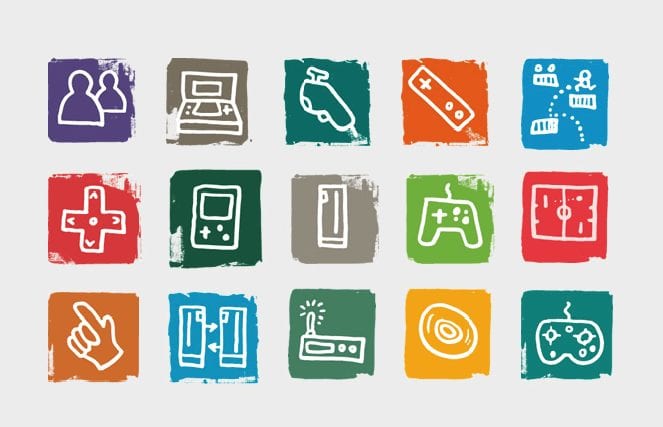As teachers, administrators and students take their first steps through the front doors of their schools we can’t help but reflect on the endless professional development which took place this summer.
Technology has quickly advanced in recent years, and there has been quite a buzz about changing the traditional classroom. There is one modern teaching tactic that is being embraced by the top leaders in education; game-based learning.
The problem? Many are not specifically trained to weave the latest technology into their curricula. That’s where professional development played a critical role.
One such event was the SummerStudio Design Thinking program. Their mission? To provide learning models to prepare leaders in education to guide young learners through the process of game design thinking. Educators were led by leaders in the gaming industry and explored how game-based learning engages students, encourages a deep interest in STEAM and enhances student’s creative and innovative thoughts.
We had the opportunity to speak with André Thomas, one of the leading instructors at SummerStudio. André has an impressive resume. As the founder and CEO of Triseum-the leading company in game-based learning-former head Head of Graphics for EA Sports Football games and director of LIVE lab in the Department of Visualization at Texas A&M University, he has direct insight into the tech industry which was proven to be invaluable to SummerStudio participants.
Here’s a look back at what thought leader André Thomas experienced.
What can you glean from the SummerStudio participants regarding the professional appetite to incorporate GBL into everyday learning opportunities for students?
André: The participants were very eager to learn about creating and using games in the classroom, while several of them had never approached or looked at it at the end of the week everyone left invigorated and with a basic understanding of how to use games in the classroom, create games for learning (mostly non-digital games) and design & develop games for the classroom incorporating their students.
Let’s look at the makeup of the participants and compare your current students at TAMU-do you see similarities in the diversity of participants and also did you witness similar approaches to learning based on teams that were put together?
André: Not at all, since the participants were all teachers in either K – 12 or Higher Ed and my students at TAMU are 18 – 22-year-old students.
What surprised about the workshop in Cleveland and have you seen the quality of questions and interactions from participants change, over time, given the increased acceptance and utilization of GBL in most educational environments?
André: I was surprised that while many of the participants never created a game before, by the end of the week they all had created several games tackling some very difficult learning challenges and the quality of the games, questions and thinking really went up exponentially from where we started.
